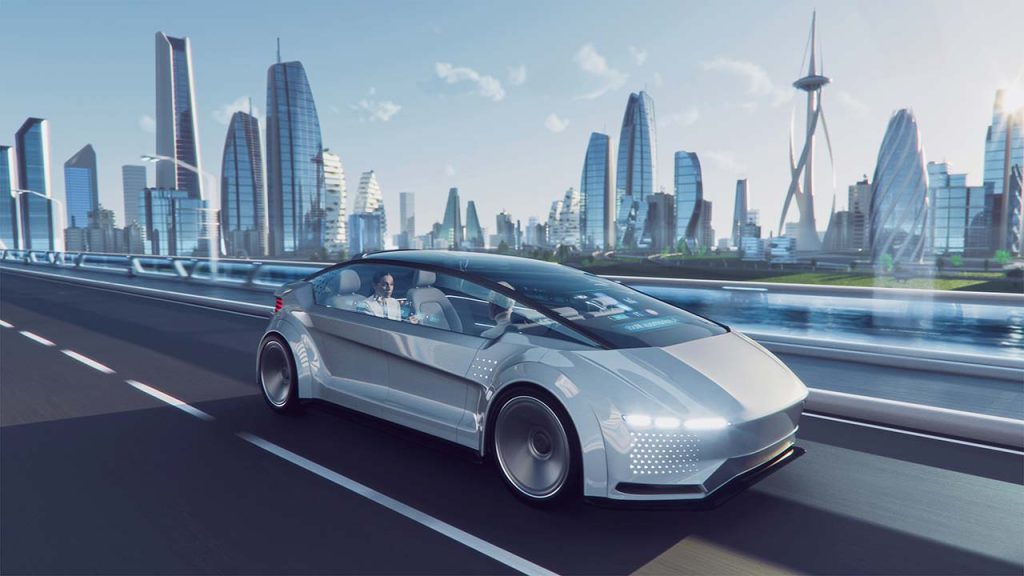Technical project manager Guillaume Hauss explains why the integration of isolated innovation is the critical next step for advancing autonomy.
It’s easy to get carried away by the promise of full autonomy. Every two months, a new start-up hits the headlines with a break-through camera, sensor, intelligent lighting or data stream management system. We’re in a techno frenzy, with incredible solutions doing amazing things in laboratories all over the world.

But that’s also the problem. We have all the components, but no system to make them all work together. These leaps forward are happening in isolation across the world. Of course, it’s more fun from an engineering point to come up with new gadgets. The un-fun bit is thinking how to develop workable regulations or how to equip gas stations for driverless cars or how to make roundabouts safe for pedestrians.
Integration of all these innovations is the next hurdle to progress. OEMs and Tier 1 suppliers face the challenge of bringing these advances in technology together in a way that actually works.
Solving the puzzle
A partner like Expleo can make the difference. Our strength is in systems architecture. Putting the jigsaw together. We’re increasingly unique in the industry, in that we can handle multilateral and multidisciplinary challenges such as helping to develop complex systems that consist of cloud services infrastructure, embedded onboard systems, and all the communication elements, networks and channels in between.
A systems approach demands a different kind of operative too. In this case, experience is less about 20 years’ research in a laboratory, but rather three or four years hands on, learning incrementally, working in a team of like-minds, gaining a broader view of what’s possible and how it fits together.
Expleo’s in-house Autonomous Valet Parking (AVP) project allowed our team to develop all the necessary steps for level 4 autonomy (driverless in a controlled environment): from system definition to application on a prototype for both embedded and cloud-based services. AVP provided a hands-on opportunity to explore cutting-edge technologies such as Deep Learning, AI, Computer Vision and Data Fusion.
We discovered just how closely the car and infrastructure need to work together. Splitting the responsibility and intelligence between them both, based on their capacity to access the relevant data, proved more effective than leading with either. Within just one year, we went from no vehicle, no software, no parking site, no team – to one prototype vehicle, one end-to-end software stack, one test parking facility and one video showing off the whole use case.

Missing link
Expleo has enjoyed tremendous progress in recent years on simulation for new mobility, including one of the few open-source freeware global simulation solutions available on the market. At the moment, there are no off-the-shelf simulation solutions that reach the same level. As an integrator, Expleo has gathered software and algorithms to construct an end-to-end simulation that holistically validates the myriad scenarios of autonomous driving.
Our teams also help customers to develop new solutions in ‘less glitzy’ areas such as regulation development, infrastructure optimisation and cybersecurity, without which there will be no level 5 autonomy.
We may not invent the individual gadgets or entirely write the algorithms that advance ADAS, connected cars and autonomy. However, our teams have deep, practical knowledge of how this technology fits together, built through our in-house projects. We also collaborate across our different teams in France, UK, Germany, Italy, Spain and Romania, sharing information on test bench simulation, infrastructure, lidar development – whatever is needed. We know how to think, design and integrate innovations within the vehicles of tomorrow. At the moment, the industry is unable to provide cost-efficient and robust systems architecture. This is the next step for autonomy. Until that arrives, we won’t be seeing any kind of autonomous driving on the public highway, that’s for sure. Until the onboard and outside worlds can collaborate, there will be lots of smart technology but few practical solutions. We’ll be sprinting on the treadmill, rather than running in the real world.





